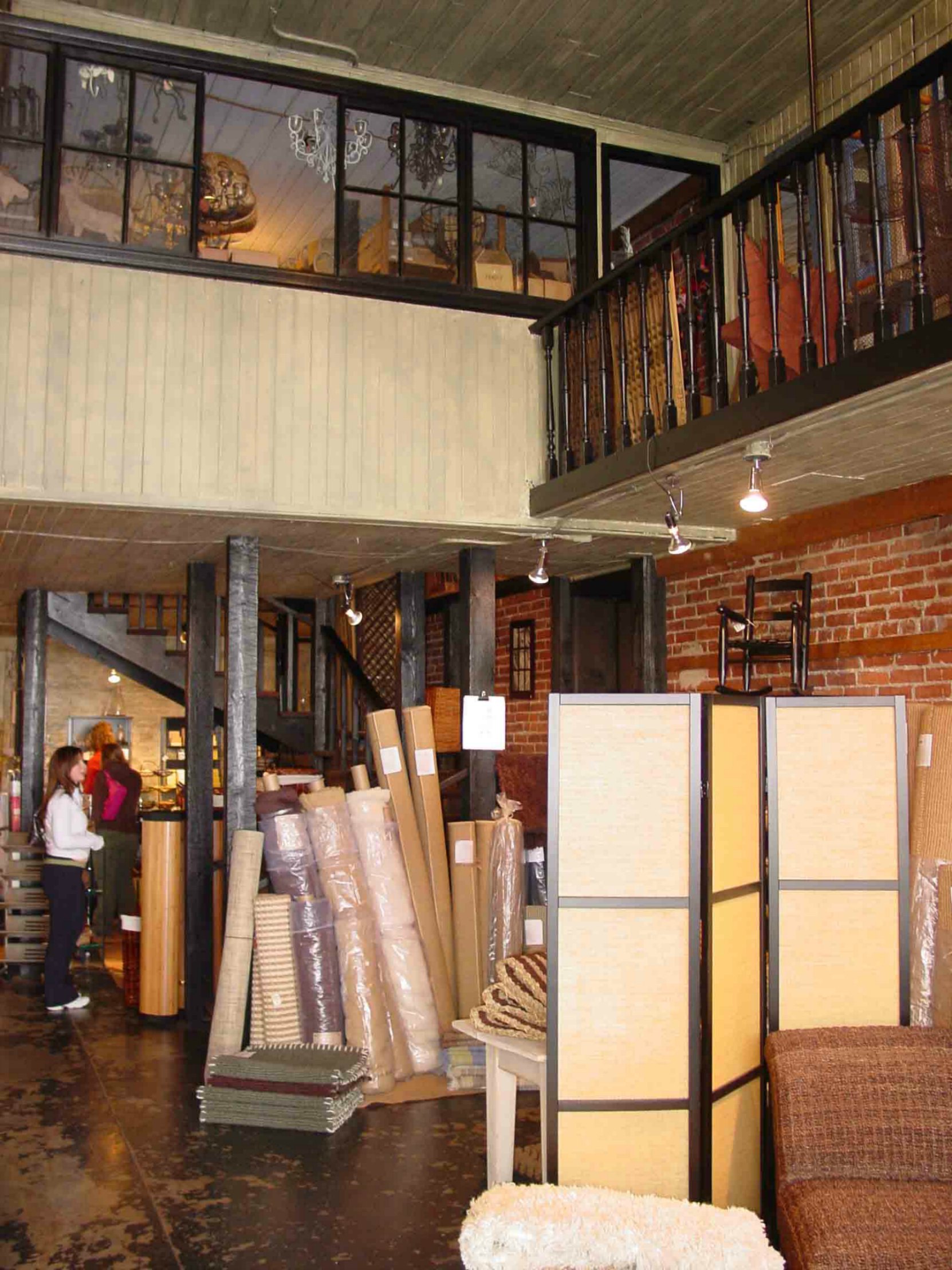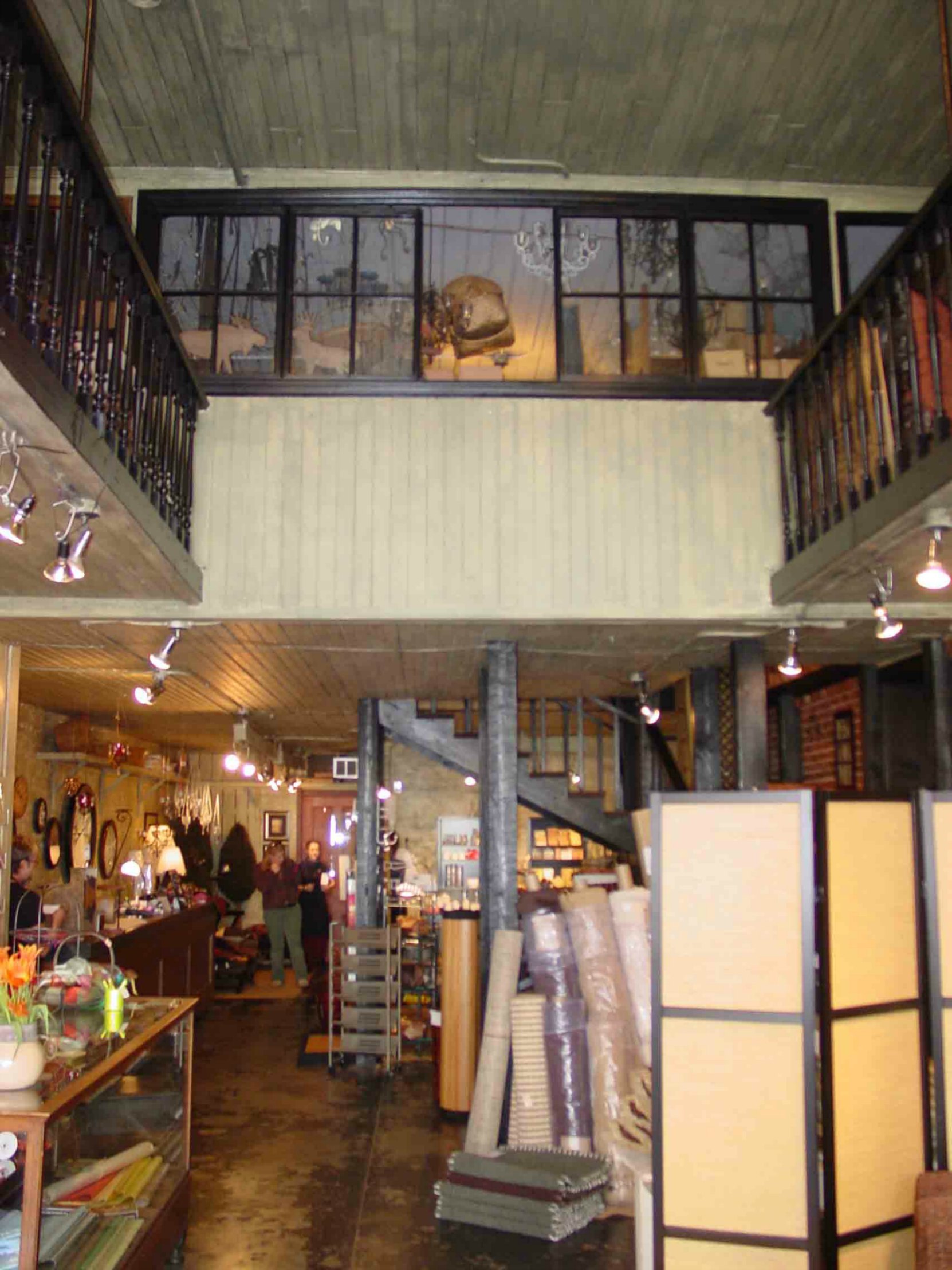Architectural Features
Cheater Floors
Cheater floors were a common interior architectural feature in late 19th and early 20th century downtown Victoria commercial buildings. Only a few survive intact today and all the surviving examples we are aware of are in Victoria’s Chinatown.
Cheater floors came about because of a late 19th century tax on building heights; the higher the building, the higher the tax.
Commercial and retail buildings of the period were typically built with very high ceilings on the main level to accommodate display shelves along the walls. Building owners and commercial tenants quickly realized that they could increase the usable floor space on the main floor of a commercial building – without triggering higher tax rates by raising the height of the building – by installing a raised floor below the typical high ceilings on the main floors of these buildings.
Cheater floors fell into disuse when the City of Victoria repealed the taxation rules that had stimulated the creation of cheater floors in the first place. A few surviving original examples of cheater floors remain in downtown Victoria commercial buildings.
The photos below show an intact example of a “cheater floor” in Fan Tan Gallery at 541 Fisgard Street

Intact example of a Cheater Floor. This one is in Fan Tan Gallery, 541 Fisgard Street
Would you like to leave a comment or question about anything on this page?
Error: Contact form not found.


Get Social